Rioja rosados on the rise
Get to grips with the fascinating diversity of Rioja rosé wines, a historic style that is living a radiant renaissance.
Rosé wines continue their unstoppable ascent in the wide wine world. Pink wines are growing in popularity significantly faster than other wine styles: IWSR Drinks Market Analysis reports a 118% increase in volume from 2015 to 2020. Shaking off its once seasonal and sexist stigma, it is attracting a cast of wine-loving celebrities, who have been diving into the rosé category in the last years. Beyond Provence, world-class regions from Bordeaux to California are wines of different shades and tastes of pink.
Among them is Rioja, Spain’s powerhouse of red wines that is showing its true colours in all its diversity. Stretching along the banks of mighty Ebro, it lies about 100 km south of the refreshing maritime influence of Bilbao and the Bay of Biscay. The region is flanked by mountains on both sides, with Sierra de Cantabria protecting it from the cold Atlantic influence, while Sierra de la Demanda and Sierra de Carneros act as a natural shield against the continental extremes of the central plateau. All this creates a temperate climate with Atlantic and Mediterranean elements, perfect for the fresher, paler shades of pink, as well as more intense, darker traditional styles.
Rioja’s location has also proved rather strategic for the region’s international projection. Its proximity to France has allowed for strong historical ties between two great regions like Bordeaux and Rioja. In 1863, the railway arrived in Haro – coincidentally, the same year that the phylloxera set off on ravaging French vineyards. Rioja rapidly became a major wine supplier of the northern neighbour. Its wines rose to international prominence, eventually prompting Rioja’s recognition as the first region in Spain to be recognised as a Denominación de Origen in 1925. Since 1991 it is the Denominación de origen calificada, with stringent regulations for allowed varieties, vinification and ageing for all its styles including rosado and clarete. We were lucky to take a deep dive into them during our recent study trip to the region that was part of the Rioja Wine Academy, the DOCa Rioja training programme.
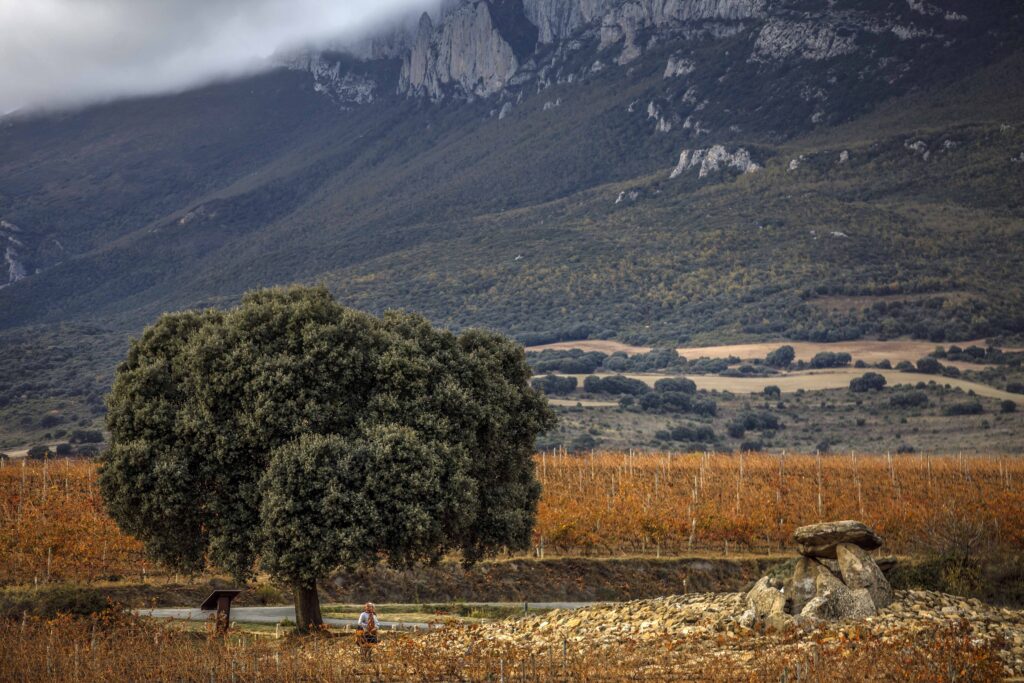
Clarete is a historic style of Rioja, originally made as a field blend of red and white grapes that went through a longer maceration. The result was a more intense pink, or even pale red, typical of the Najerilla Valley, around the villages of Cordovín, Badarán, Alesanco, and San Asensio, where winemakers would use Garnacha and Viura, with a minimum of 25% red grapes. This long-living tradition is a testimony to the popularity of this ‘dark pink’, or ‘light red’ style in different corners of Europe, from Bordeaux to Tavel — in fact, it was the default option for most wines until the eighteenth century.
Today, an increasing number of rosados are made in an international, paler style. Two main vinification techniques are employed: direct press and saignée (sangrado), which involves bleeding off the juice after the brief maceration of the must. The latter is far from being an afterthought for a great wine district like Rioja, but rather a judicious choice for producers that decide to step on the pink path. “Rosé is perhaps the most technically challenging style to produce”, admits Rosana Lisa Oliva, Director and Head of R+D at Lalomba, Ramon Bilbao’s project.
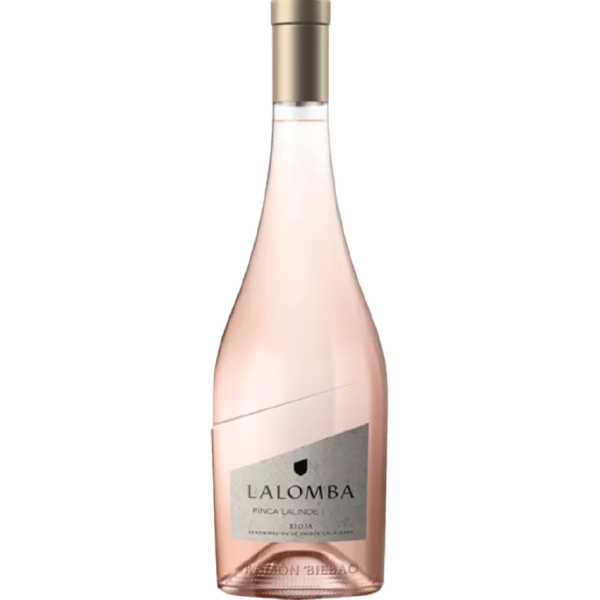
The first ever Lalomba wine was a single-estate rosado, Lalomba Finca Lalinde, with 2015 as the first vintage. Sitting at a considerable 500-metre altitude in Rioja Oriental — these are Ramon Bilbao’s highest vineyards —, the estate’s gentle hillsides are cooled down by the freshness of the nearby Mount Yerga. Tucked away amongst the Mediterranean scrubland, Finca Lalinde is home to Garnacha and Viura which make up the blend. Picked by hand and delicately pressed, the grapes are kept in brief contact with gross lees and co-fermented in concrete vats, before ageing the wine on the lees for 5-6 months. The result is an orange-pink subtle but complex style, with floral and red fruit notes, a distinctive savoury bite and a bone-dry feel with uplifting acidity.
Garnacha and Viura also shine bright in a historic Rosado de Muga. First made back in 1932, this clarete style by the Haro pioneering producer has stayed true to its original blend. The grapes are macerated for 5 hours, and after fermentation, they spend about 16 weeks on the fine lees — resulting in signature smoothness and rich finish. Despite it being a clarete in its essence, the colour is on the pale side. Pablo Orio, winemaker at Muga, reveals that “the profile of Muga Rosado has always been pale. The winery was right in the middle of Haro and people would recognise Muga Rosado by its pale colour.” The grapes are sourced from cooler parts of Valle de Oja and Valle del Najerilla in Rioja Alta, bringing extra freshness to this floral rosé with exuberant stone fruit character and a nutty finish.
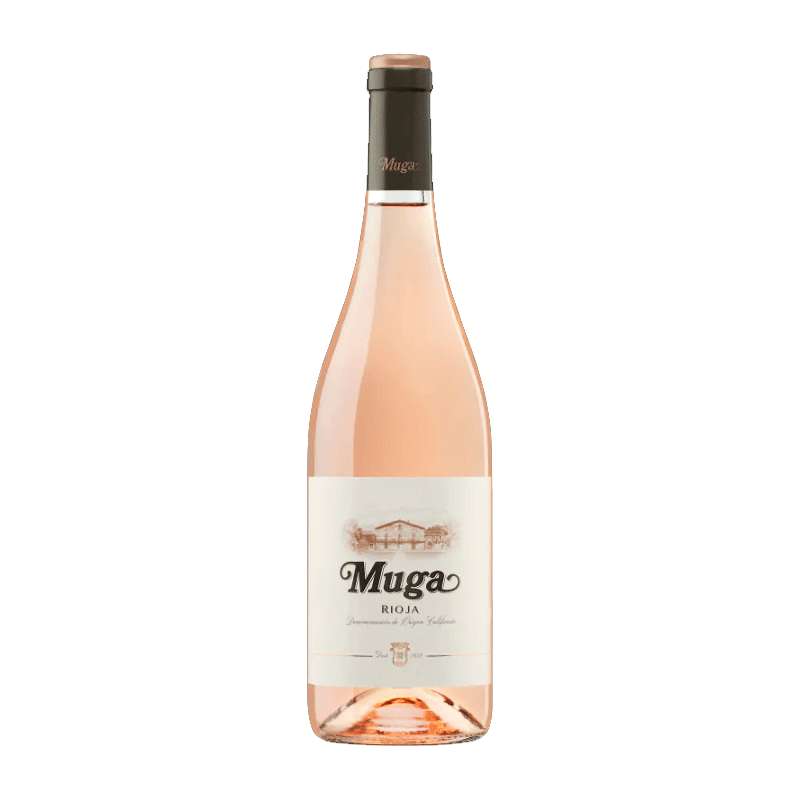
While Garnacha is a natural choice for many Rioja rosados thanks to its generous floral and red fruit character, overall softness and thin skins, some producers are opting for paths less travelled and are experimenting with other grapes. Fortunately for the producers, the choice is wide: the appellation allows all 5 authorised red grape varieties (Tempranillo, Garnacha Tinta, Graciano, Mazuelo and Maturana Tinta), as well as a small percentage of white grapes.
In Labastida, Rioja Alavesa, family-owned Eguren Ugarte crafts a unique Maturana Rosé with Maturana Tinta, an indigenous variety with high colour intensity and generous acidity that brings a spicy, balsamic touch to the wines. The flagship name like Marqués de Murrieta chose the elegant, age-worthy Mazuelo variety for its Primer Rosé, first released in 2015. It became the first ever Spanish rosado, made with 100% Mazuelo grapes — hailing from the producer’s Finca Ygay vineyards in Rioja Alta.
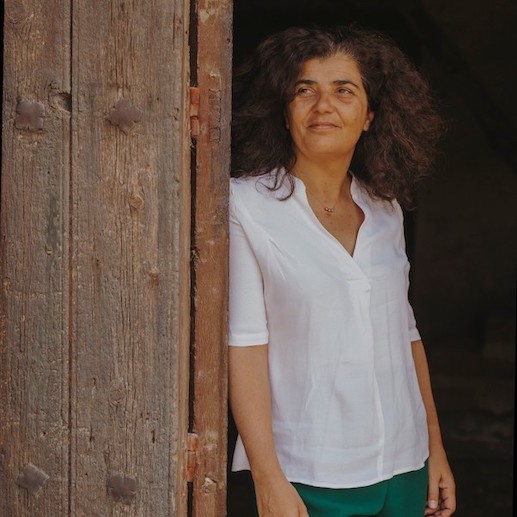
Carmen Pérez Garrigues from Villota is a big fan of Graciano, a deeply-coloured and demanding grape variety that gets its full expression and full ripeness, maintaining an impressive acidity and plenty of tannins. At their impressive estate in the San Rafael meander in Laserna (Rioja Alavesa), Villota works with the traditional Rioja red and white varieties, many of which come from plots over 50 years old. Villota Rosado 2022 is primed for its release in spring: a blend of Graciano and Garnacha, it is a saignée rosé with incredible concentration and complexity. It will see over 6 months in oak at the moment of the release: an extra challenge for any rosé that is solved here by expert vinification and lower yields of the sustainably-farmed older vines.
.
Oak ageing is not too common in the world of rosé, with only a limited proportion of pink wines going through the barrel and bottle ageing. In Rioja, we still find the unusually long-aged “Reserva” and “Gran Reserva” rosado categories. Reserva Rioja whites and rosés go through the 2 years of total ageing, of which at least 6 months should be in barrels, whereas Gran Reserva category requires a whopping total of 4 years of minimum ageing, with at least 6 months in barrel.
This is the standard barrel ageing time for the iconic Viña Tondonia Rosé Gran Reserva: a blend of Garnacha, Tempranillo and Viura, it is currently in its 2010 vintage, showing incredibly complexity, yet still maintaining lively freshness. Other notable barrel-aged examples include Classica Rosado Grandes Añadas 2009from Bodega López de Haro, 200 Monges Rosado Reserva and Akutain Rosado Gran Reserva.
Playing in the Reserva rosados league is Alonso y Pedrajo, a unique project in Villalba de Rioja, in the eastern part of the Obarenes mountains in Rioja Alta. Their Suañé Reserva Rosado was first released in 2018, and its current 2019 vintage skillfully blends 50% Viura with 30% Garnacha and 20% Sauvignon blanc. The white grapes are macerated on their skins for a few days, before adding the Garnacha with the full clusters and putting the wine through the extended oak ageing in French oak barrels for 14 months. It is an incredibly food-friendly bottling, with salty, savoury notes and a firm, yet fresh mouthfeel. The location is key to freshness for the project’s co-founder Javier Alonso: seeking out higher-altitude sites and other moderating factors is instrumental in times of climate change.
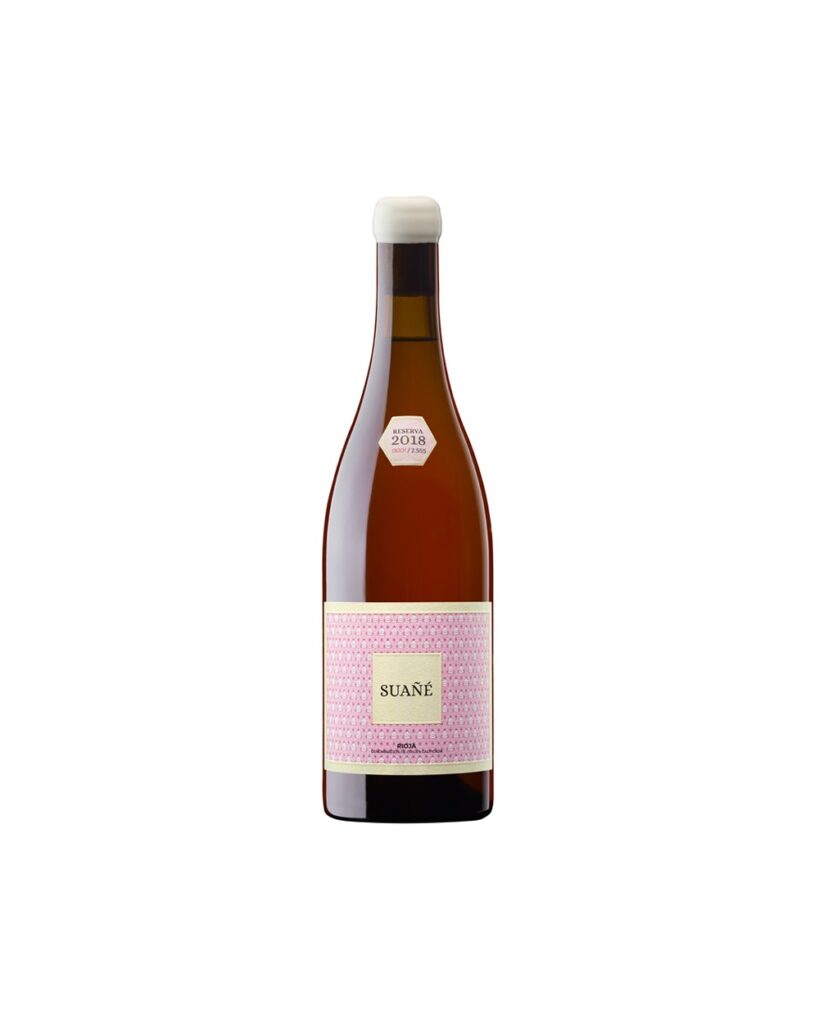
It’s onwards and upwards for Rioja rosados really, with a truly impressive range and choice of styles that reflect a diversity of the region’s terroirs, winemaking preferences and global market trends. Improved quality and innovative experimentation with different grape varieties, aging techniques, and styles are shaping a promising present and future.
